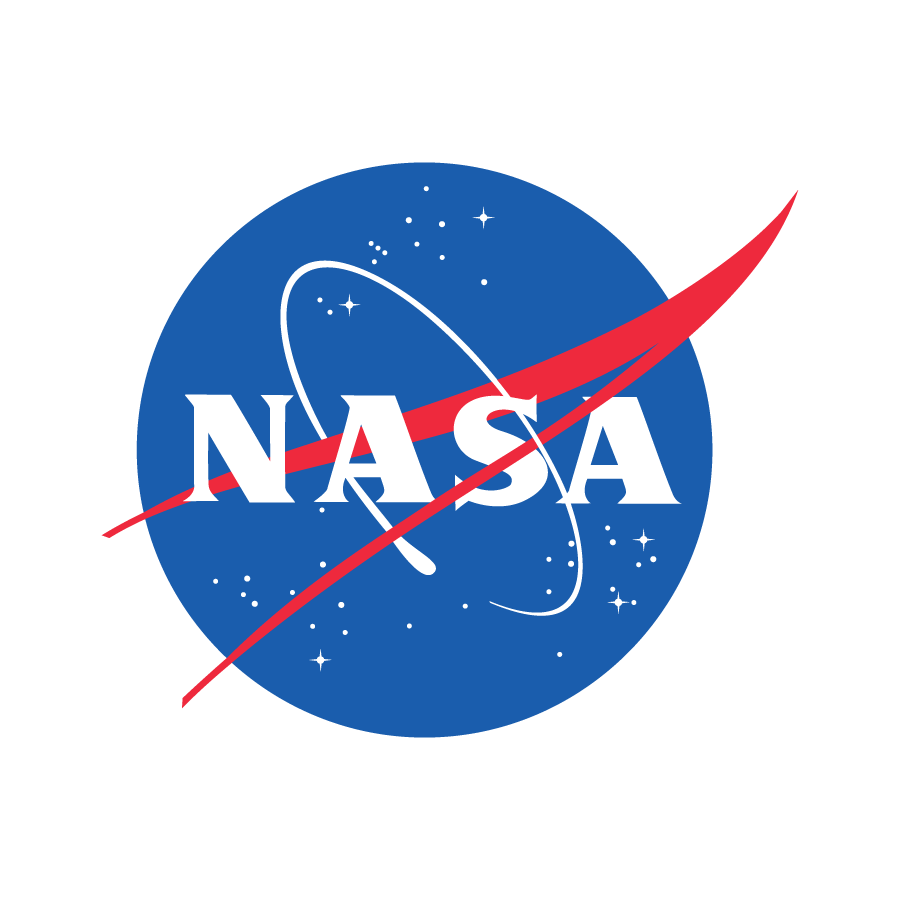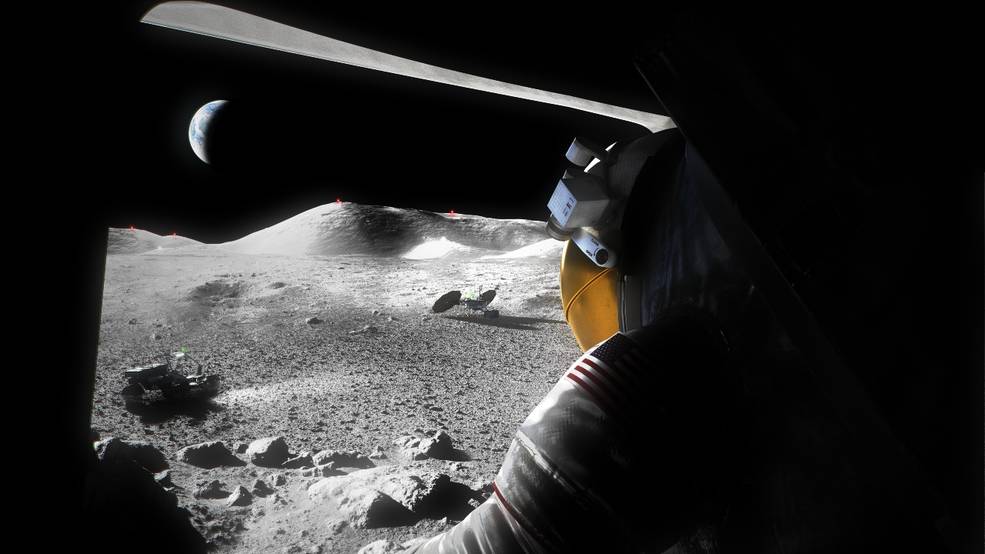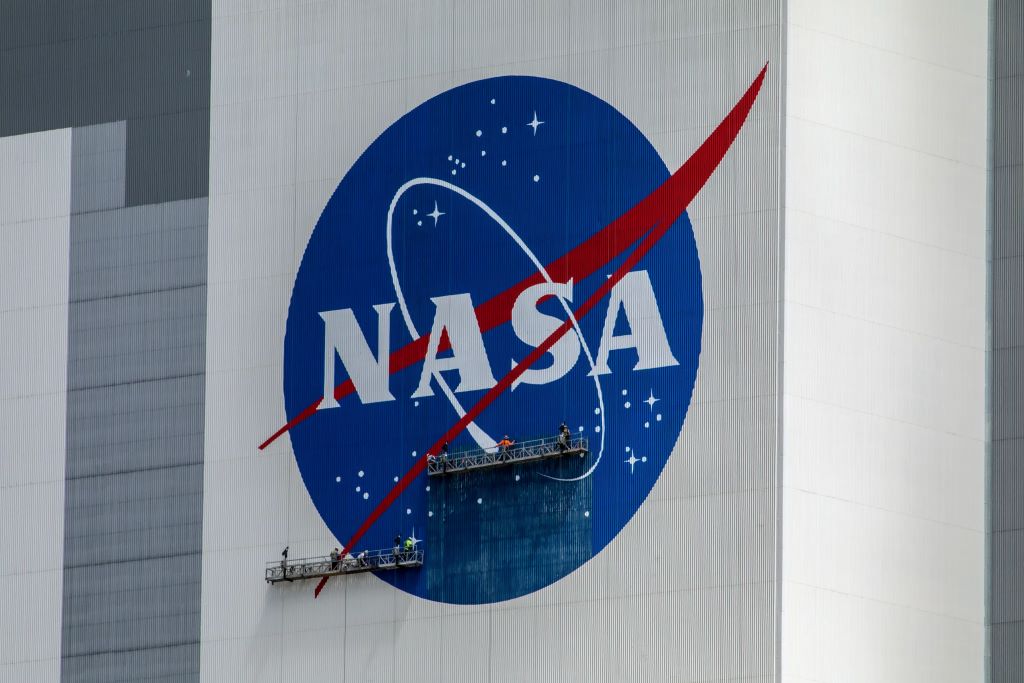A Look Through Time with NASA’s Lead Photographer for the James Webb Space Telescope

Nearly two years ago in the early morning hours of Dec. 25, NASA’s James Webb Space Telescope successfully took flight from the jungle-encircled ELA-3 launch complex at Europe’s Spaceport near Kourou, French Guiana. Following a successful deployment in space, and the precise alignment of the telescope’s mirrors and instruments, Webb began science operations nearly six months after liftoff. As the two-year anniversary of the launch aboard ESA’s (European Space Agency) Ariane 5 rocket approaches, Webb’s lead photographer Chris Gunn has remastered a selection of his favorite images from his career, including one previously unreleased image.
The opportunity to be the visual spokesperson for a mission of this magnitude was the experience of a lifetime

CHRIS GUNN
NASA/GSFC Lead Photographer for Webb Telescope
Since the fall of 2009, Gunn has routinely worked through holidays and weekends, and has spent much of these years on the road, ensuring that the Webb telescope’s progress is visually chronicled and shared with the world. As the various parts and components of Webb began to be assembled and tested throughout the country, Gunn and his camera followed along, capturing the historic development of NASA’s premier space telescope. Though Gunn’s images display the complex nature of the telescope aesthetically, these images also serve as critical engineering bookmarks that the team routinely relied on to document that Webb’s construction was sound before launch.
Following the launch of Webb, Gunn is now chronicling NASA’s next flagship space telescope, the Nancy Grace Roman Space Telescope.
All images below, credit NASA/Chris Gunn.

On Nov. 6, 2012, engineers and technicians inspected one of the first of Webb’s 18 hexagonal mirrors to arrive at NASA’s Goddard Space Flight Center in Greenbelt, Maryland.
NASA/Chris Gunn

Inside a clean room at NASA’s Goddard Space Flight Center, on the afternoon of April 25, 2016, the James Webb Space Telescope primary mirrors were uncovered in preparation for installation of its scientific instruments.
NASA/Chris Gunn
Traveling alongside Webb as it grew and evolved, and to be able to add my signature to each photograph captured, was of course an honor, but also an immense challenge. With each image, I wanted to express the awe that I felt seeing Webb integrated right before my eyes, knowing that it was destined to shed new light on the mysteries of the cosmos.

CHRIS GUNN
NASA/GSFC Lead Photographer for Webb Telescope

NASA’s James Webb Space Telescope is shown with one of its two “wings” folded. Each wing holds three of its primary mirror segments. During this operation in the clean room at NASA Goddard, the telescope was also rotated in preparation for the folding back of the other wing. When Webb launched, both wings were stowed in this position, which enabled the mirror to fit into the launch vehicle. This image was captured July 17, 2016.
NASA/Chris Gunn

Dressed in a clean room suit, NASA photographer Desiree Stover shines a light on the Space Environment Simulator’s integration frame inside the thermal vacuum chamber at NASA’s Goddard Space Flight Center in Greenbelt, Md. This image was captured Aug. 29, 2013.
NASA/Chris Gunn

On May 19, 2016, inside a massive clean room at NASA’s Goddard Space Flight Center, Webb’s Integrated Science Instrument Module was lowered into the Optical Telescope Element.
NASA/Chris Gunn

Taken on Nov. 16, 2016, inside NASA Goddard’s largest clean room Webb’s Optical Telescope Element and Integrated Science Instrument Module – together called “OTIS” – are shrouded with a “clean tent” as the team prepared for Webb’s first vibration testing, which took place just outside the clean room.
NASA/Chris Gunn
To capture Webb in its true beauty, I employed the use of specialized lighting rigs, often setting up lights early before the start of work. Johnson Space Center’s Chamber A was an especially tough subject to shoot once Webb was inside. It required remote lights that had to be adjusted perfectly before I boarded a boom lift to make the photograph from seven stories up. It was all worth it, everyone’s hard work – just look at how well our starship is performing

CHRIS GUNN
NASA/GSFC Lead Photographer for Webb Telescope

On June 20, 2017, Webb’s Optical Telescope Element and science instruments were loaded into the historic thermal vacuum testing facility known as “Chamber A” at NASA’s Johnson Space Center in Houston.
NASA/Chris Gunn

On Sept. 16, 2021, Webb was ready to be shipped to the launch site in French Guiana. Before Webb could be lifted into its shipping container, engineers and technicians at Northrop Grumman in Redondo Beach, California, performed this first horizontal tilt of the fully assembled observatory.
NASA/Chris Gunn

This never-before-seen image shows engineers and technicians disassembling ground hardware after completing one of the final lifts of the Webb observatory, before being placed atop ESA’s (European Space Agency) Ariane 5 rocket in French Guiana. This image was taken Nov. 11, 2021.
NASA/Chris Gunn

“Liftoff – from a tropical rainforest to the edge of time itself, James Webb begins a voyage back to the birth of the universe.” Arianespace’s Ariane 5 rocket launched with NASA’s James Webb Space Telescope aboard, Dec. 25, 2021, from the ELA-3 Launch Zone of Europe’s Spaceport at the Guiana Space Centre in Kourou, French Guiana.
NASA/Chris Gunn
The James Webb Space Telescope is the world’s premier space science observatory. Webb is solving mysteries in our solar system, looking beyond to distant worlds around other stars, and probing the mysterious structures and origins of our universe and our place in it. Webb is an international program led by NASA with its partners, ESA (European Space Agency) and the Canadian Space Agency.
Downloads
Right click the images in this article to open a version in a new tab/window that can be zoomed or saved.





